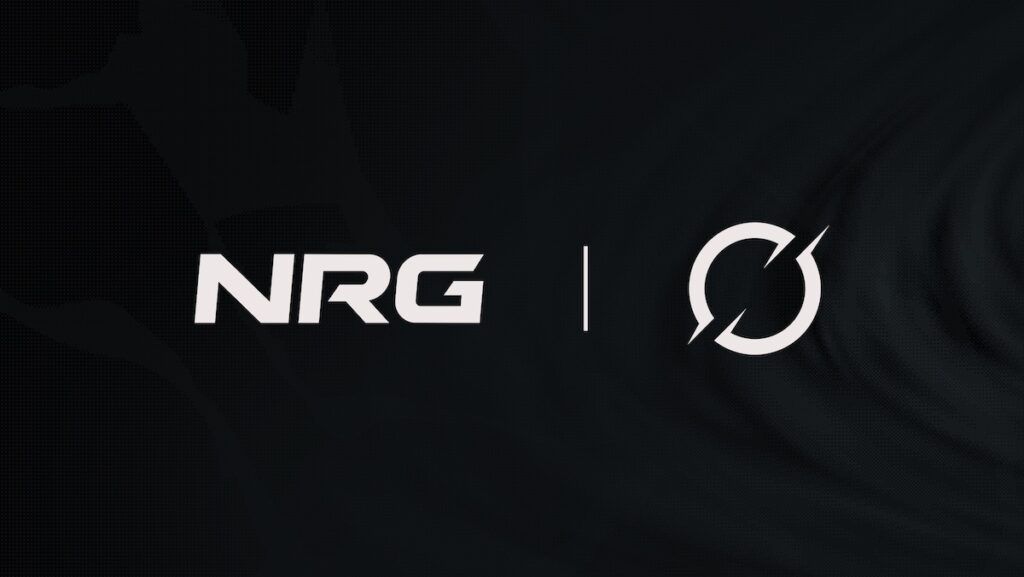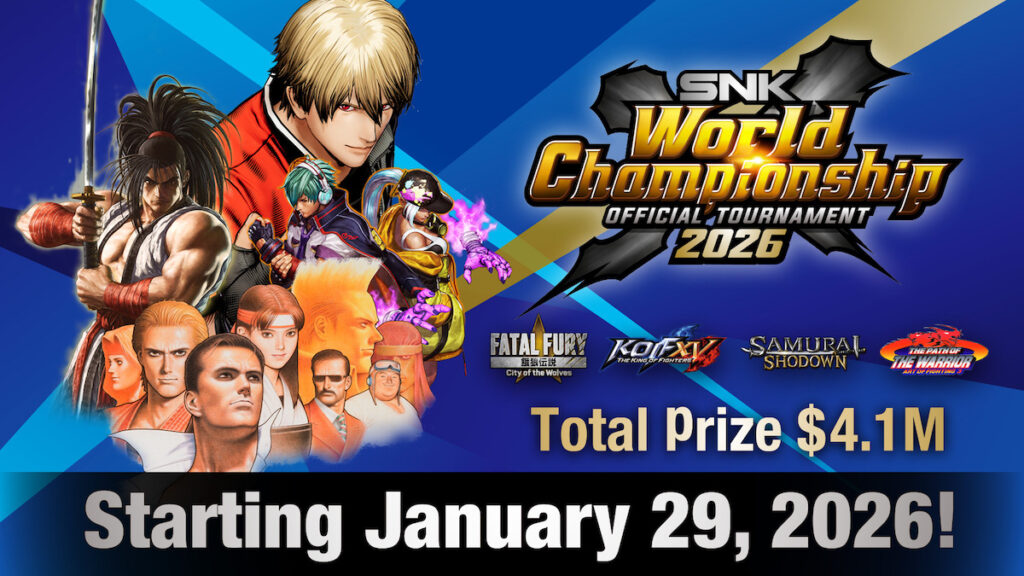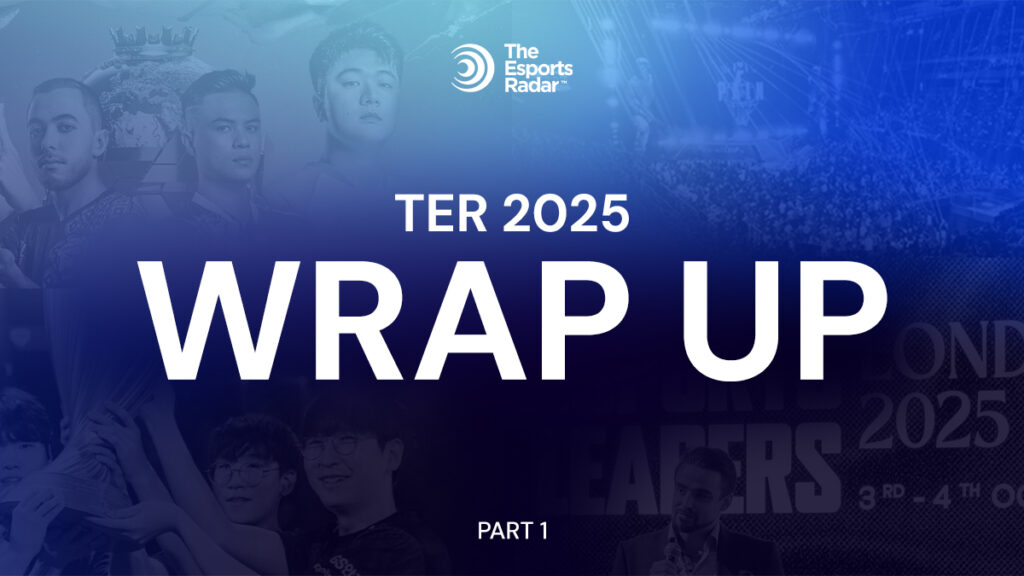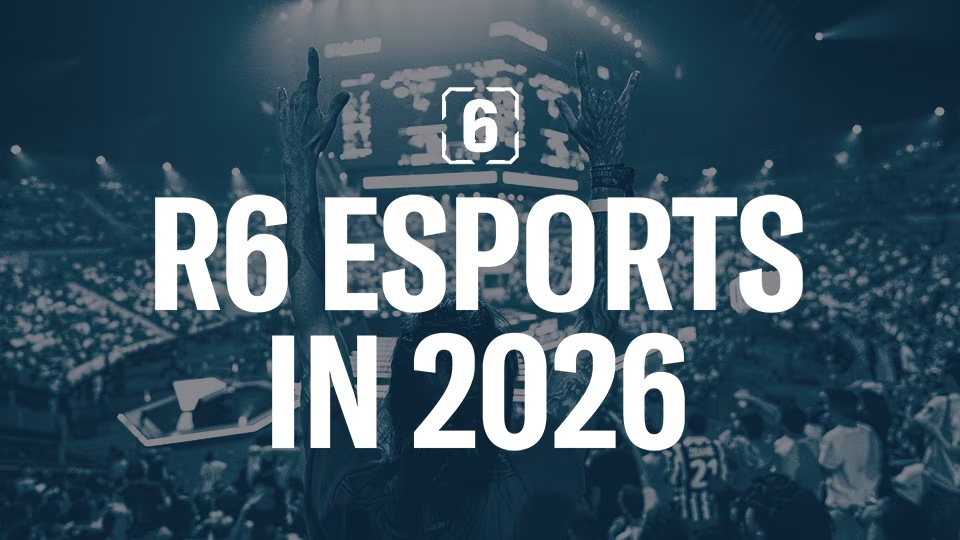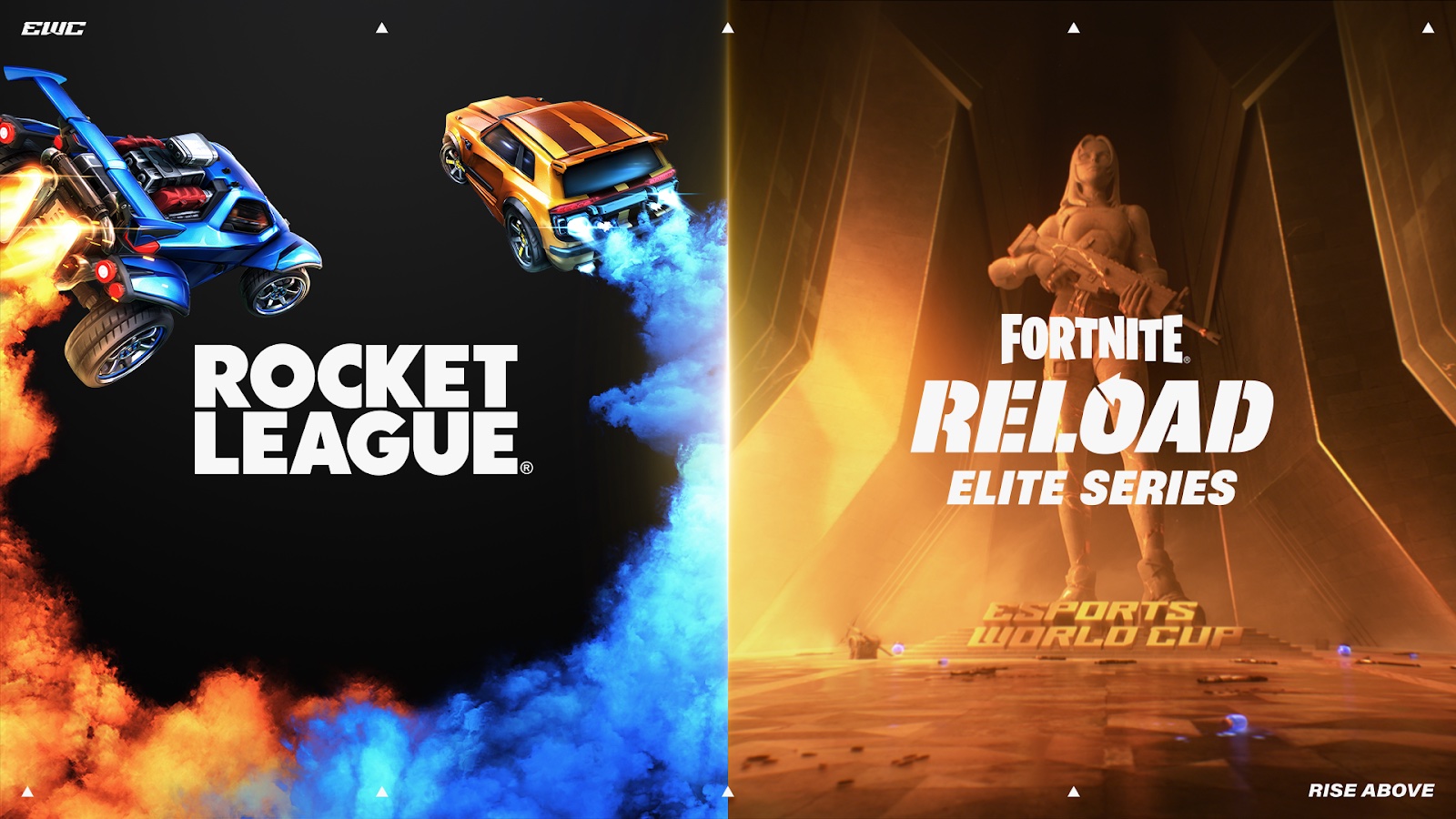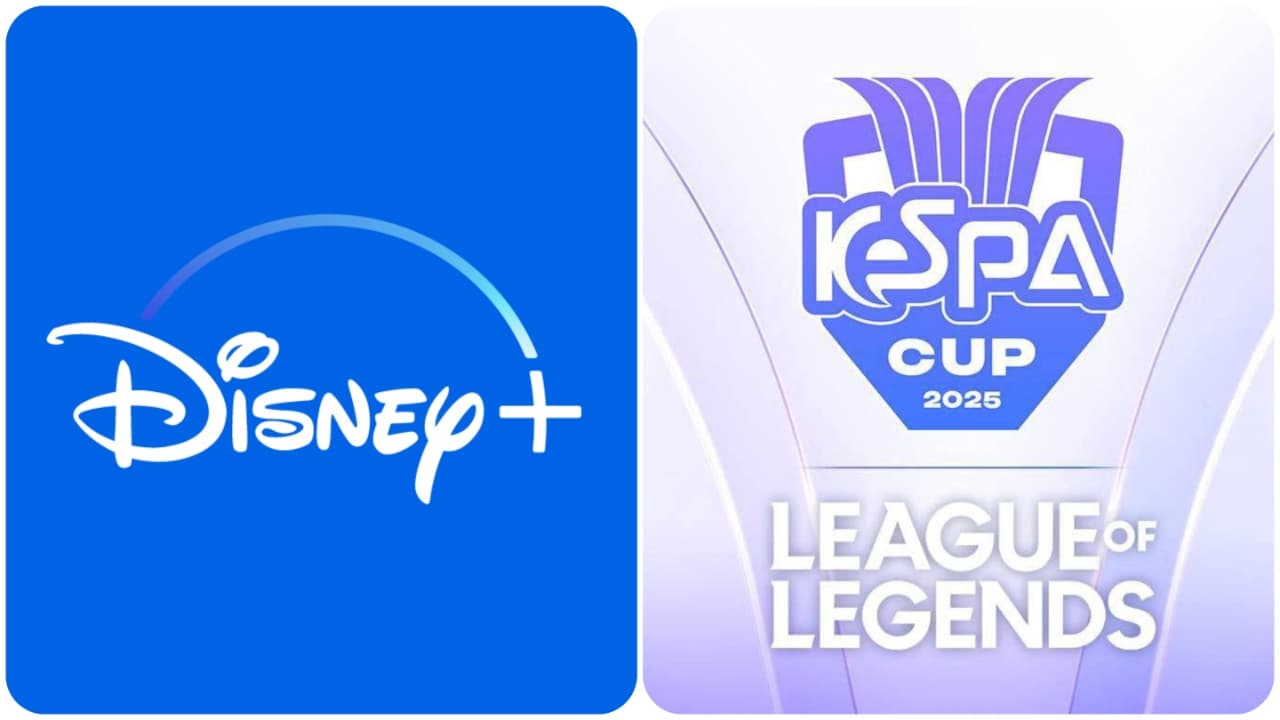The second edition of the Esports World Cup (EWC) concluded with viewership figures showing year-on-year growth across almost all featured titles.
Esports Charts reported that every title achieved growth in at least one key metric – watch time or peak concurrent viewership – with the exception of Dota 2 and Counter-Strike 2 (CS2). Dota 2 registered lower watch time due to a 40% cut in broadcast hours following a format change, although average viewership remained stable.
Mobile Legends: Bang Bang consolidated its position as the world’s most watched esports title in 2025. The game reached more than 3 million peak viewers and accumulated 50 million hours watched during the competition – almost three times the totals of League of Legends and PUBG Mobile, the next closest performers.
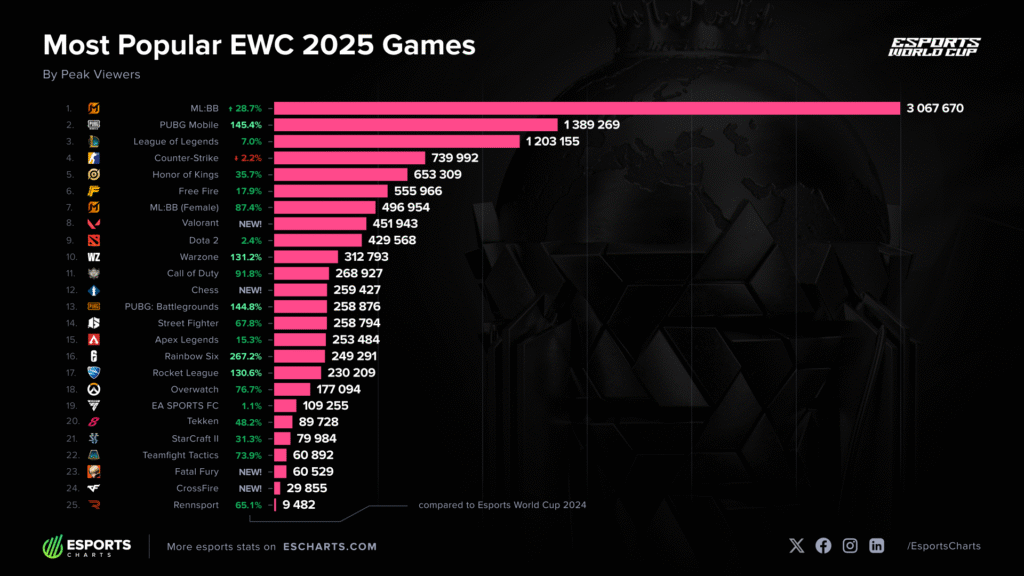
Meanwhile, CS2 fell short of last year’s peak after early exits from high-profile teams such as NAVI, Team Spirit and FaZe Clan. Esports Charts highlight that the Grand Final, contested between The MongolZ and Aurora Gaming, drew strong audiences in Mongolia and Turkey but struggled to attract viewers from regions that had previously driven numbers, including Brazil, Russia and Western Europe.
Even with Alexandre “Gaules” Borba — a Brazilian CS2 streamer with one of the world’s largest audiences for the title — casting from Riyadh, the absence of a Brazilian team meant the country contributed less to the game’s overall viewership.
Other titles posted more positive results, with gains ranging from modest to exceptional. PUBG Mobile rose sharply, recording increases of between 90% and 145% across key indicators. Esports Charts attributed this to stronger YouTube viewership, which made up the majority share of its audience. Rainbow Six: Siege also delivered record-breaking figures, reaching levels comparable to Ubisoft and BLAST’s official circuit thanks to higher viewership on official channels and a wider use of co-casters.
Rocket League enjoyed significant momentum, surpassing one of the recent RLCS Majors in audience numbers. Much of this was attributed to the popularity of Karmine Corp, whose finals appearance, amplified by Co-Owner and Streamer Kamel “Kameto” Kebir’s broadcasts, helped lift viewership.
Esports Charts highlighted that the EWC is becoming more established with audiences. Unlike its debut year, which relied on unfamiliar or new channels, this year benefitted from an already established broadcast infrastructure and returning viewers.
However, the report also identified areas for improvement. League of Legends and VALORANT were not broadcast on Riot Games’ official channels and were scheduled immediately after major seasonal events – the Mid-Season Invitational 2025 and Valorant Masters Toronto 2025 – limiting their potential reach. By contrast, Overwatch and Apex Legends avoided such conflicts by integrating their competitive seasons (OWCS and ALGS) directly into the EWC schedule, a move that contributed to their growth.
The tournament, reduced from eight to seven weeks compared with 2024, expanded its line-up to 25 competitions, introducing VALORANT, Crossfire, Fatal Fury: City of Wolves, and chess through Chess.com.




